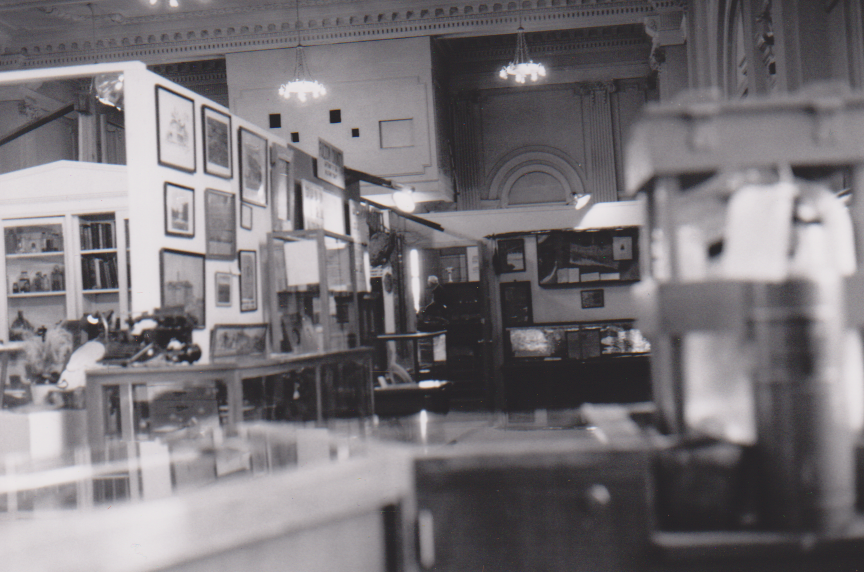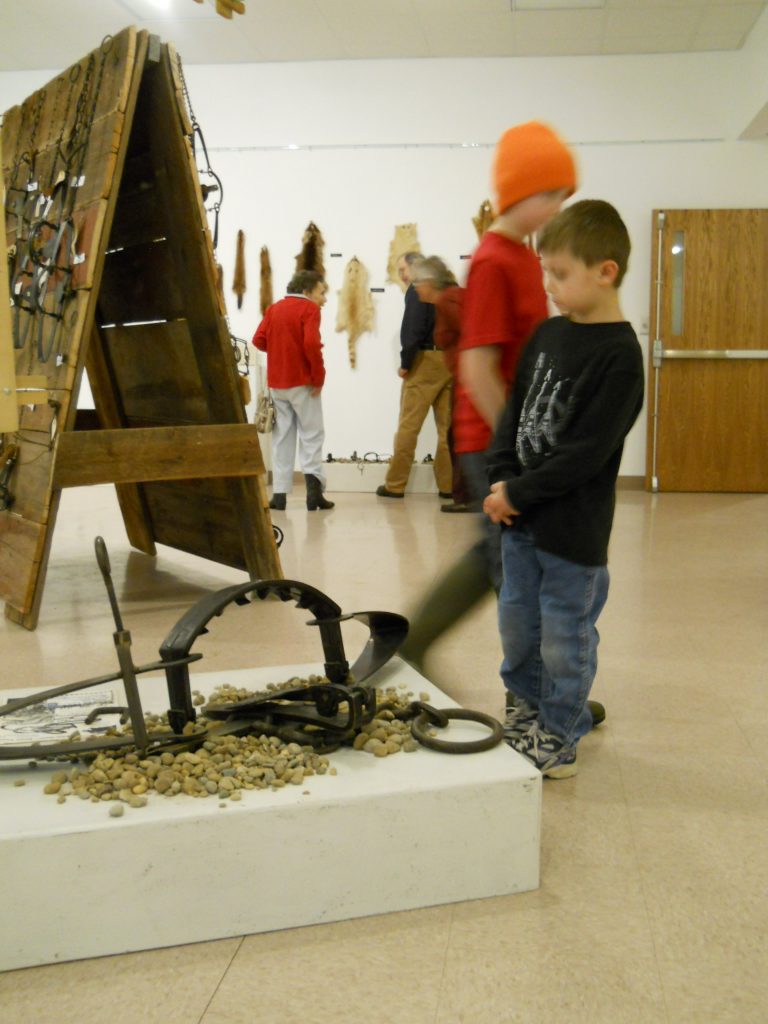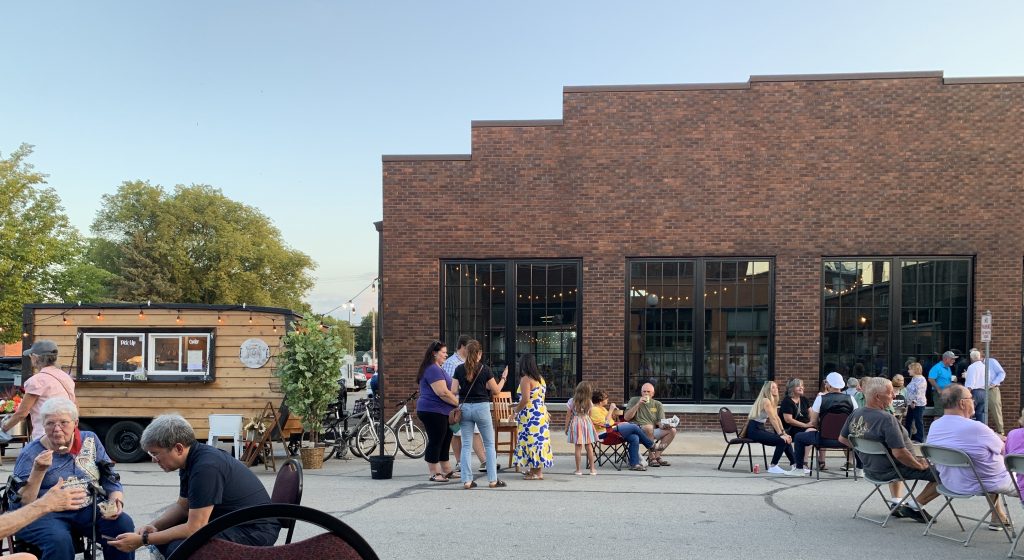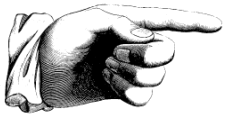
Western Illinois Museum nurtures our history and culture
In June 1973, a group of students who resided in Old Grote, a Western Illinois University student residence hall, requested that the Student Government Association form a committee to create a museum on campus. Jo Wright was named chair of that committee. She and her friends feared that the mementos and scrapbooks accumulated over the years by the students living in Grote would be destroyed when the university closed that residence hall.
For the next 11 months, a committee of students (Jo Wright, Linda Anderson, and Susan Baker), staff (Gordana Rezab, Judy Hermann, Titus Karlowitz, Bob Reed, and Ann Stagg), and community representatives (Gene Litchfield and Bob Ausbury) met with Leon Clements, director of Auxiliary Services at WIU. The task was to find support, a location, and artifacts for a campus museum.
On May 4, 1974, the Western Student Museum opened in an auditorium on the third floor of Sherman Hall. The exhibits included a history of Haeger Pottery with photographs and samples of original ceramic art items, old telephones donated by General Telephone, a display from the Fulton County Historical Society (created by Marjorie Bordner), and a Hall of Fame of area business leaders. And the Grote Hall archives!
The students and advisers began the work of collecting, preserving, exhibiting and interpreting artifacts from West Central Illinois, also known as the historic Military Tract. The Department of History at WIU offered a course The Administration of Small History Museums which prepared students for a professional career. The students met in the museum and Gil Belles was the instructor. Each year the museum accumulated more and more artifacts that represented life in the region. The collection grew to over 6,000 historic artifacts from the region including farm implements, barbed wire, the Mercer Eph’s General Store, music and musical instruments, animal traps and furs, a wide variety of things made of clay, radios, quilts, clothing, hand-carved models, and vinyl records.
The museum hosted two open houses each year with ice cream socials, cow chip throwing contests, or programs about fur trapping, frontier life, crafts, family life, etc.
Next Chapter
The museum suffered from a lack of interest in the 1990s for a variety of reasons. Funding for a curator was no longer available. The university reduced its monetary contributions. The location on the third floor of a university building and limited hours restricted access. The exhibit and storage space was bulging at the seams with no room for expansion. And there were hints that the university wanted that space back.
In 2000, Corey Stark and Katherine Walker of the Macomb Area Convention and Visitors Bureau established a Relocation Committee charged with finding a community-based home for the museum. Mayor Tom Carper, WIU Vice-President Larry Mortier, Don and Gordana Rezab, Juanita Bryant, Leon Clements, and Gil Belles worked with the City of Macomb to purchase the building at 201 South Lafayette ideally located just off Macomb’s historic Courthouse Square.
This building had been through many configurations and businesses. It required a new $50,000 roof to protect a remodeling that cost more than $250,000. Several fundraising campaigns paid for the roof and interior furnishings. A bank loan covered the obligation.
It took almost two years (2001-2002) to pack up and move the artifacts from Sherman Hall to Lafayette Street. The museum opened in June 2002 displaying a large collection of Civil War artifacts. The official dedication was in October. Since 2002, the Western Illinois Museum has curated three or four exhibitions that reflect the history of the region.
A Museum for the Community
2019 was a pivotal year for the Western Illinois Museum. On May 4th the museum marked its 45th year and received two gifts: a bequest from the Gil Belles estate and the Macomb City Council transferred the ownership of the building at 201 South Lafayette Street to the museum. An underused building, that some would call an eyesore, has grown into a community hub. In 2021, the Renovate to Innovate capital campaign was launched to continue the development of the building. Working with the architectural firm HPZS, a facilities plan was created that guided the renovation to make the east side of the building fully functional. The plan includes replacing all the windows in the building, adding HVAC, and replacing the floor on the east side of the building.
Staff and Board
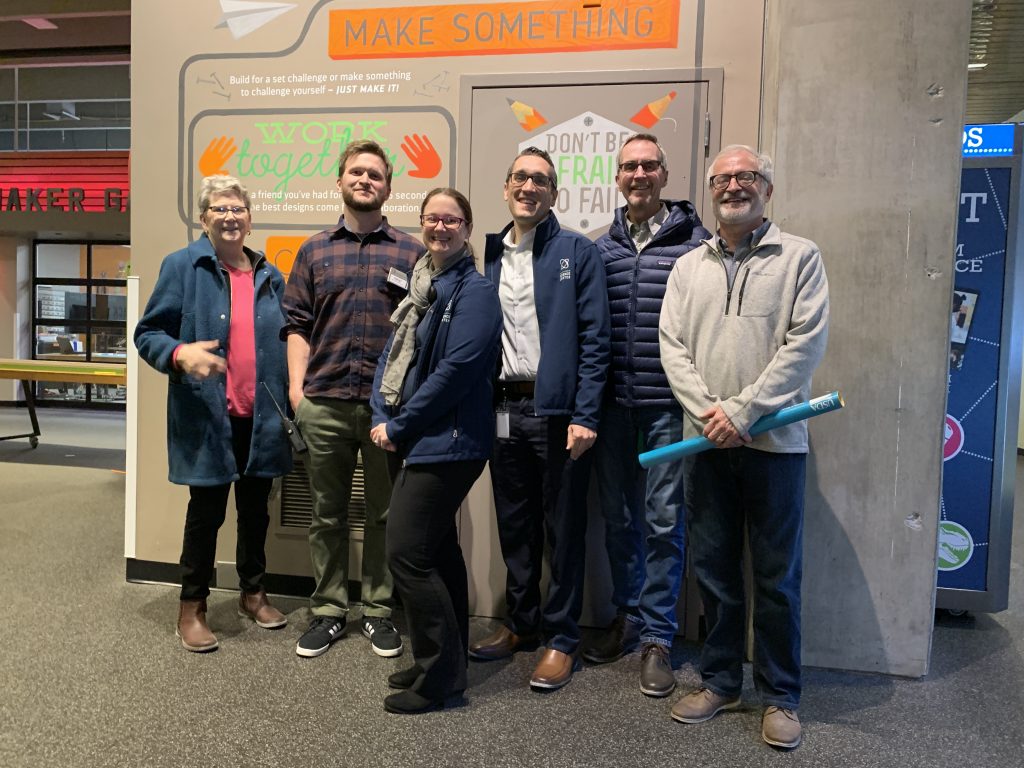
Board Members
Jeff Kellogg
Dona Lantz, President
Lois Lueck, Emeritus
Gary Neuhardt, Treasurer
Sheila Nollen
Alice Trimmer, Secretary
Paul Trimmer
Advisory Council
Brenda Allison
Noralee Frankel
Peggy Ma
Ronda McKee
Sheila Nollen
Brenda Sayre
Staff
Claire Happel-Ashe, Program Manager
Karen Mencel, Collection Manager
Sue Scott, Director
Our Policies
Western Illinois Museum’s Policies
